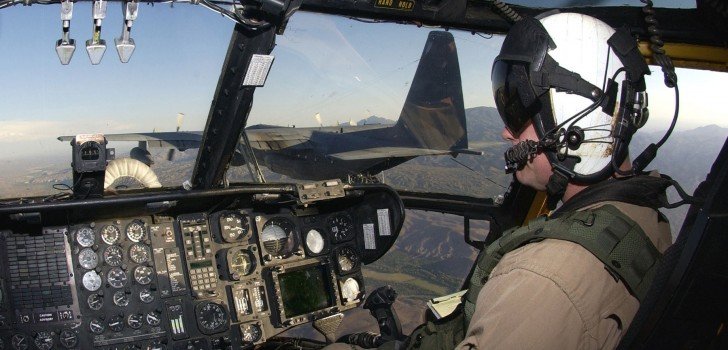Japanese laser engineers from Osaka University leaped to the head of their field in laser power output recently, with the first firing of their 2 petawatt (2 x 1015 watts) laser. This power output is twice the power of the world’s second most powerful laser of 1 petawatt, which is located at the University of Texas, Austin. The laser pulse was achieved for the incredibly short duration of one picosecond, or one trillionth of a second, and holds promise to further research in the field of particle physics.
The news comes at the same time as the Japanese Navy announcement of funding being allocated for two future warships, which will include electromagnetically powered railguns for artillery in addition to lasers for ship defense. This comes after the U.S. Navy successfully completed tests on a laser defense system in the Persian Gulf last summer. Star Wars seems closer than ever as the University of Osaka takes its place alongside other pioneers in laser development.
A laser such as the one at the University of Osaka is unlikely to be used in a military application simply due to its size, at more than 300 feet long. Known as a Laser for Fast Ignition Experiments (LFEX), the operation involves applying light energy to a special type of glass, with the resulting beam being amplified and focused over the 300 foot machine. The Osaka laser is most likely to be used in fusion research, nanotechnology, and materials design, rather than in military applications.
To get a sense of how large the power output of the pulse was, it is equivalent to 1,000 times the electrical power consumption of the world. Although at first counterintuitive, the actual energy used during the test is quite small due to the extremely short duration of the pulse, equivalent to the energy to run a microwave for two seconds.
Osaka University scientists are not resting on their laurels, with plans to increase their power output in order to produce a 10 petawatt pulse. Plans for 10 petawatt lasers in Europe, China and elsewhere are underway, but at that level of power, a more damage-resistant mirror will have to be developed.
Stay Connected